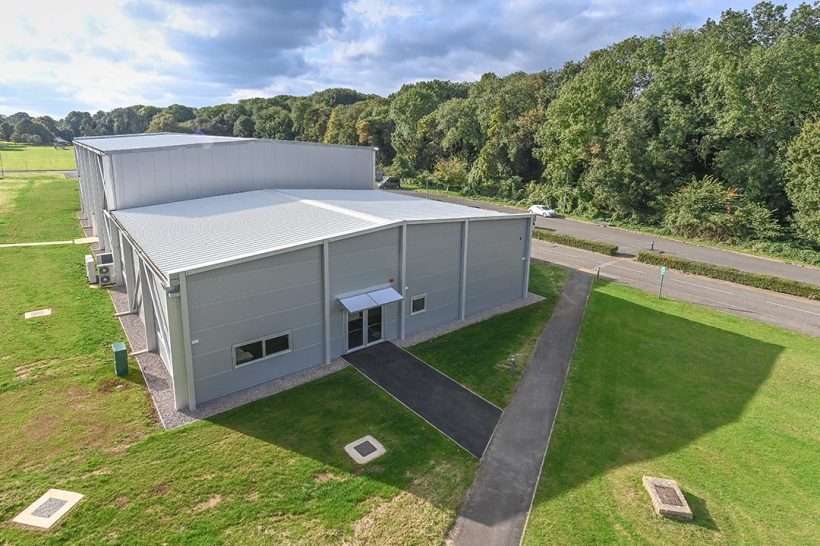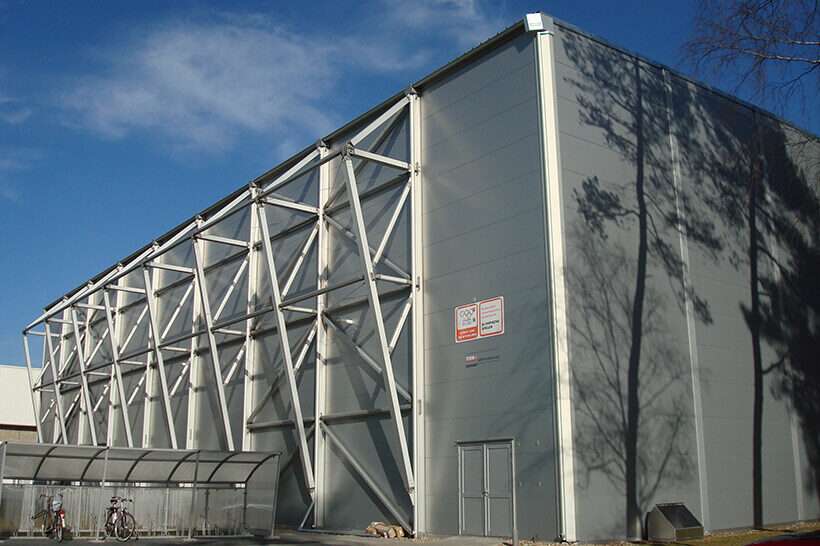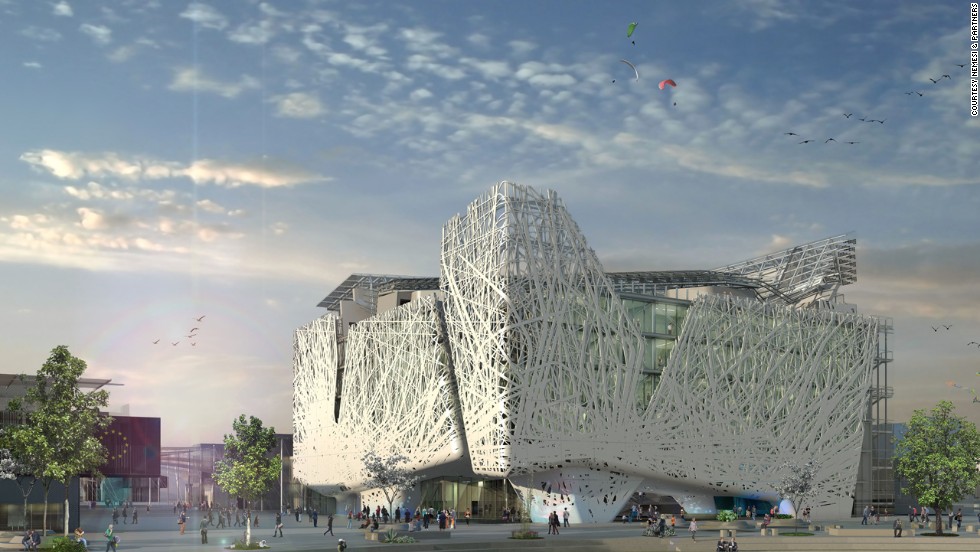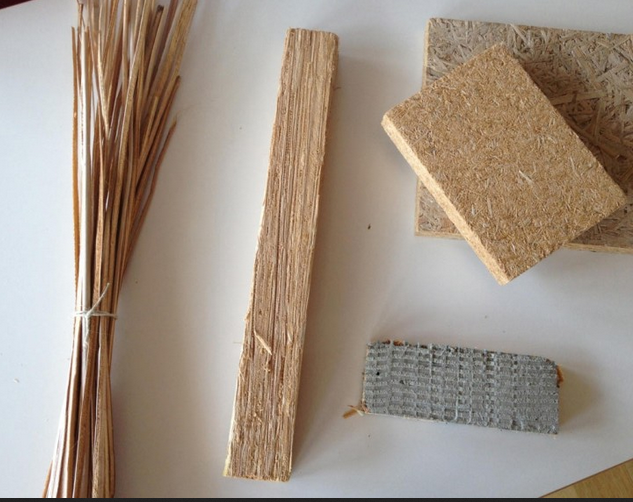

Temporary buildings, also known as portable or modular buildings, are structures that are designed to be easily assembled, disassembled, and relocated. They are becoming increasingly popular in various industries and sectors due to their versatility and flexibility. In addition to their practical advantages, temporary structures also offer numerous environmental benefits. This article will explore the reasons behind the growing popularity of temporary buildings and highlight their positive impact on the environment.
Contents
Benefits of temporary structures
Reduced construction waste:
Temporary structures are typically constructed off-site, in controlled factory environments. This off-site construction approach minimizes the amount of waste generated on-site compared to traditional building methods. With careful planning and precision, temporary buildings can be constructed with minimal material waste. Moreover, manufacturers often use recyclable or reusable materials, further reducing the environmental impact associated with construction.
Lower energy consumption:
Temporary buildings are typically smaller in size compared to permanent structures, which inherently results in lower energy consumption. The reduced square footage means there is less space to heat, cool, and illuminate, leading to lower energy demands. Additionally, temporary buildings often have less insulation than permanent buildings, which means they require less energy for temperature regulation. This energy efficiency translates into reduced greenhouse gas emissions and a smaller carbon footprint.
Reduced environmental impact:
The construction of temporary buildings requires fewer resources compared to permanent structures. They utilize fewer raw materials, consume less water, and require less land for their installation. Temporary buildings are designed to be easily assembled and disassembled, allowing for the reuse of components and minimizing waste. This adaptability and reusability contribute to a smaller environmental footprint and a more sustainable construction approach.

Other environmental benefits:
Temporary buildings offer additional environmental benefits beyond reduced waste and energy consumption. Due to their portability, they can be easily relocated as needed. This flexibility helps prevent urban sprawl by utilizing existing infrastructure and land more efficiently. Moreover, temporary buildings can be used to provide immediate and temporary housing solutions for individuals and communities affected by natural disasters or other emergency situations. This capability reduces the need for constructing new permanent structures and helps alleviate the strain on resources.
Temporary buildings present a compelling alternative to traditional permanent structures, offering numerous environmental benefits. They contribute to waste reduction through off-site construction and the use of recyclable materials. Their smaller size and reduced insulation result in lower energy consumption and greenhouse gas emissions. Additionally, their construction process requires fewer resources, less land, and less water, minimizing environmental impact. The versatility and portability of temporary buildings further support sustainable practices by reducing urban sprawl and providing temporary housing solutions.
If you are considering the construction of a temporary building, it is important to choose one that is made from sustainable materials and has a low environmental impact. Many companies specialize in providing sustainable temporary building solutions, ensuring that your project aligns with environmentally friendly practices. By selecting a sustainable option, you can contribute to a greener future and demonstrate your commitment to environmental stewardship.



